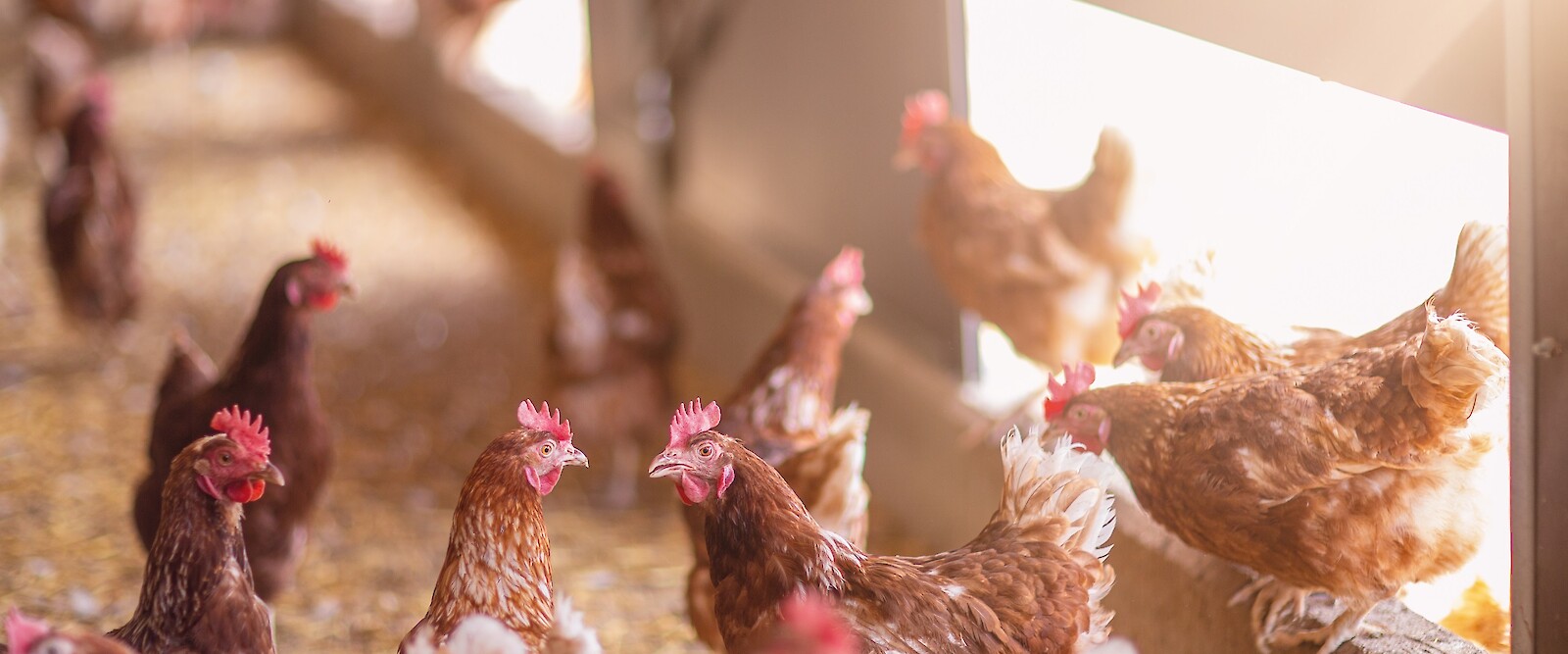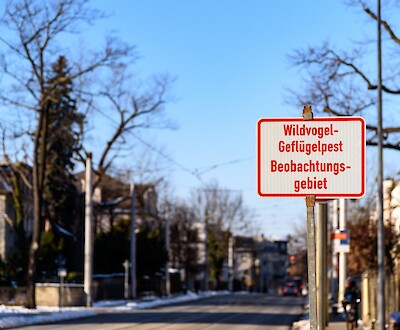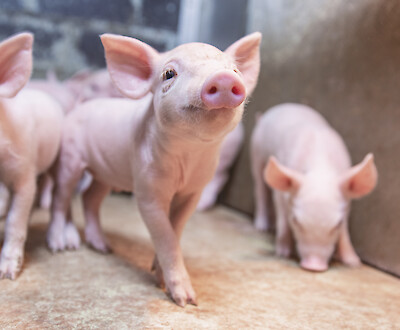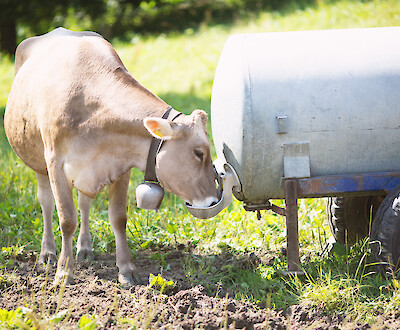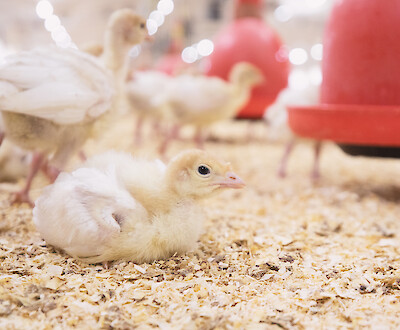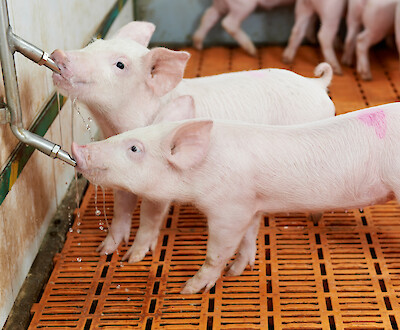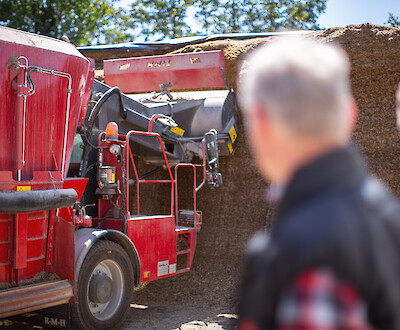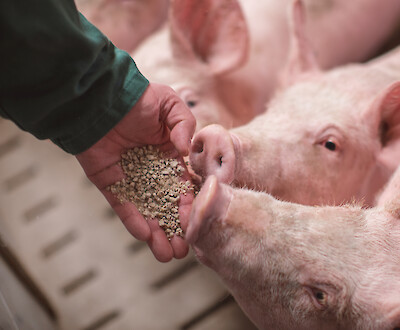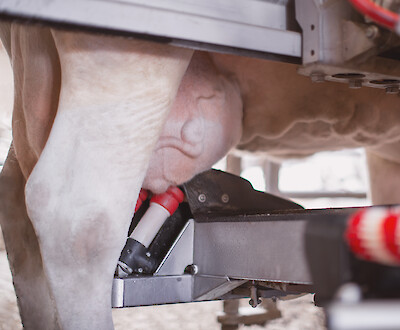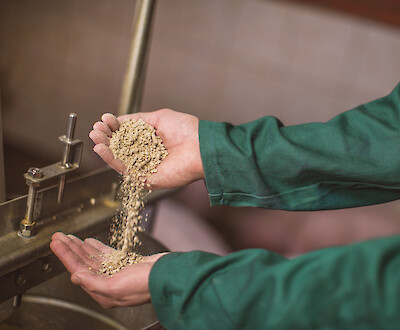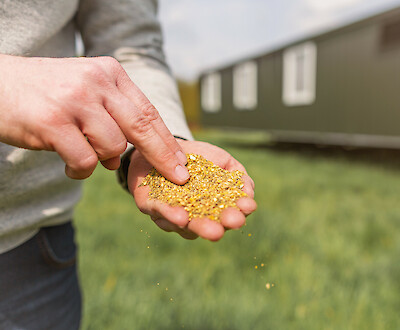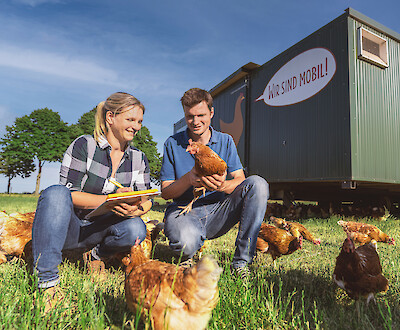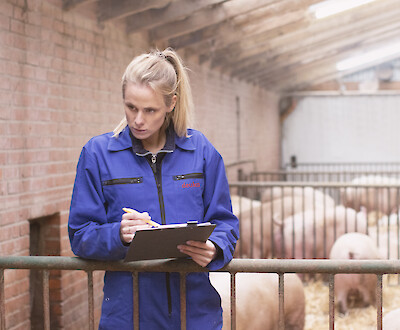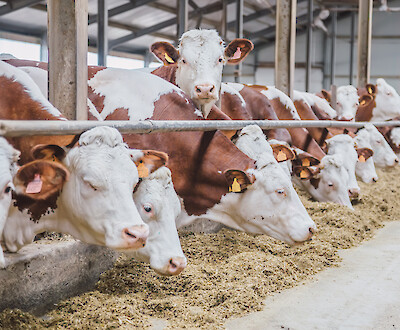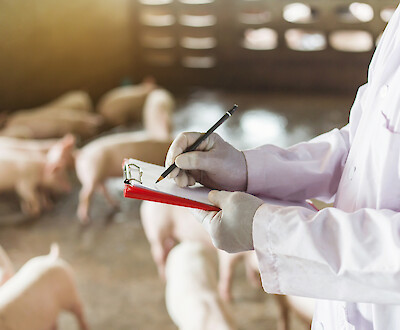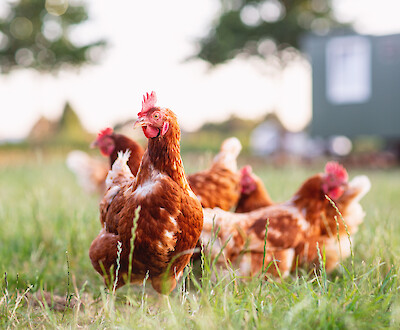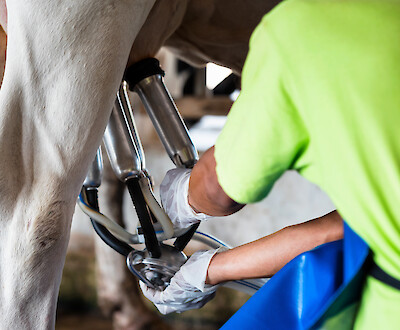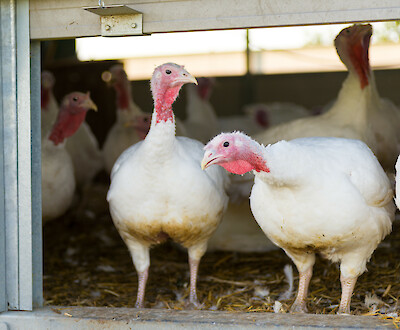Common parasite in laying hen farms
Red bird mite: Control is not easy - but a must
The red bird mite (lat. Dermanyssus gallinae) is one of the most widespread parasites in the laying hen house. The mite can multiply strongly already at an outside temperature of 20°C. An infestation can affect the hens' well-being, sometimes provoking unpleasant behaviour such as feather pecking or even cannibalism and thus causing economic losses. Poultry farmers should therefore identify an infestation quickly and take the right measures to counteract it. In this way, consequential damage caused by the bloodsucking parasite can be contained at an early stage.
All developmental stages of the red bird mite feed on the blood of wild birds and commercial poultry. Laying hens in particular are frequently attacked by the blood-sucking ectoparasite. An infestation not only weakens the birds, but can also pave the way for further diseases. Especially in spring and summer - when outdoor temperatures rise - the parasites multiply.
-
An infestation of the flock with the red bird mite is difficult to detect under normal circumstances. Often, poultry farmers only recognise the parasites when they are already present in large numbers. The tiny bird mites, which are difficult to see with the naked eye, usually hide in crevices and cracks near the hens' roosts during the day.
An infestation of the post-active parasites is often only indirectly visible, for example when poultry keepers run a white handkerchief under the perches. If small traces of blood are found on the cloth, this is an unmistakable sign. Depending on the severity of the infestation, blood spots can also be found on the hens' eggs.
A persistently nervous flock, signs of weakness in individual birds due to anaemia and/or a pale egg yolk are further indications of an infestation. Less well known is that in some cases cannibalism and feather pecking can also indicate the presence of the tiny red bird mite.
How the mites get into the barn
The mite problem often starts during rearing. Adult bird mites usually spread through the ventilation system or - like their eggs - are brought into the farm by people and equipment. If an infestation is present, controlling the parasite proves difficult. Depending on the temperature, a blood-sucking mite can survive for up to half a year. In contrast, reproduction is particularly rapid: the red bird mite goes through its development cycle - from egg to adult mite - in just under a week under favourable environmental conditions.
-
Laying hen farmers should only use insecticides to eliminate the red bird mite professionally, as they can lead to residues in the eggs. More sensible and at the same time completely safe for humans and animals is, on the other hand, the use of essential oils in the feed. The essential substances extracted from plants are highly concentrated. Feed mixed with them (e.g. VoMiGo) has a correspondingly strong smell. The oils are added to the laying hen feed in order to cause a change in odour through absorption by the hen. The eggs remain completely unaffected by this odour change and the taste remains unchanged.
This change - which is not perceptible to humans - is sufficient to confuse the red bird mite. The strange smell for the mite "masks" the chicken for the parasite. The mite can no longer clearly identify the hens as hosts. The use of natural oils can thus indirectly reduce the reproduction rate of the parasites by up to 80%.
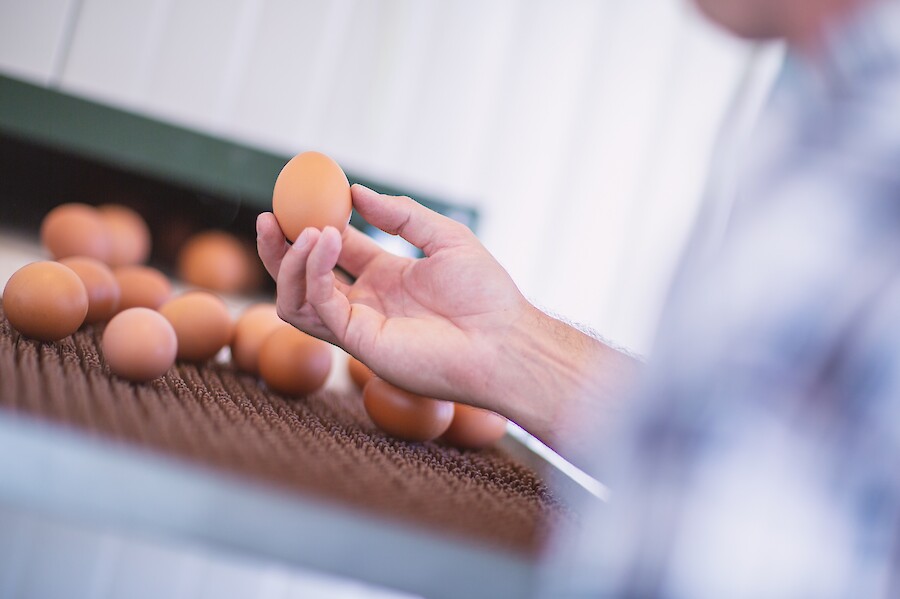
Supporting measures
Parallel to the change in feeding, poultry farmers should clean the potential hiding places of the bird mite well every time they clean the house. Cleaning with a hot water high-pressure cleaner (80-100 °C) or a hot air device are optimal means of control before housing the birds.
The use of silicates can damage the mites' chitinous shell on contact and thus lead to the mites drying out. The problem: The application causes a large amount of dust that can settle on the eggs. The sharp-edged particles can also damage the barn equipment and - if inhaled continuously - can be a burden for the employees.
Contact person

Dr. Uwe Bornholdt
Contact person


